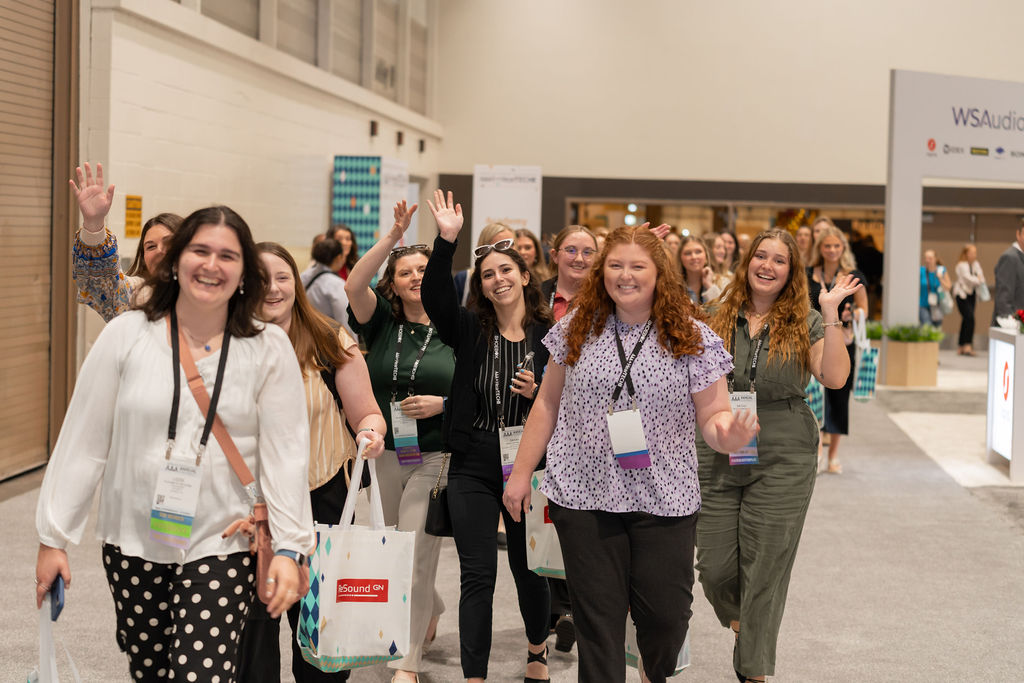A recent study offers further insight into the complexity of labyrinthine complications of traumatic noise exposure. It seems simple, over-exposure to noise can cause hearing loss. However, there are multiple mechanisms that contribute to this phenomenon.
In recent years, much research has explored the area of cochlear synaptopathy and hidden hearing loss. Within this area, some evidence was found that in addition to cochlear synaptopathy, an increase in endolymphatic fluid was also present in mice who were exposed to blast pressure waves. The current study further explored this relationship and also potential treatment via a round window application of hypertonic saline solution.
Mice who were exposed to 100dB SPL white noise for two hours showed increased endolymph fluid levels by 24.6 +/- 7.8 percent between three and seven hours after exposure compared to control mice and other mice who were exposed to lower intensities. A reduction in postsynaptic densities and inner hair cell ribbons in the middle and basal turns of the cochlea were also observed in the mice exposed to 100 dB SPL compared to the other groups. Outer hair cell synaptic ribbons appeared unaffected in all groups.
Of great interest, researchers found that endolymph volume decreased, and outward bulge of the round window reduced, with the application of a hypertonic saline solution as compared to other solutions. The osmotic solution also helped “rescue” some synaptic loss. Clinically, intratympanic steroid injections have been used following sudden sensorineural hearing loss.
Is it possible that a similar approach using hypertonic solution to help the labyrinth recover following noise/blast exposure in humans? Only time will tell.
Reference
Badash I, Quiñones P, Oghalai K, et al. (2021) Endolymphatic hydrops is a marker of synaptopathy following traumatic noise exposure. Front Cell and Devl Biol 9: Article 747870. DOI=10.3389/fcell.2021.747870.
Recent Posts
What Breakthroughs Are Coming to AAA 2026?
AAA 2026 will be delivering some of the most timely, innovative, and practice-shaping content in audiology in San Antonio. This year’s Featured Sessions will spotlight…
Your Professional Growth Starts Here
Ready to level up your career? You told us professional and leadership growth matters—especially for those newer to the field and eager to build their…
Termination of Federal EHDI Grants
Earlier this week, the Academy learned that seven federal cooperative agreements funded by the U.S. Health Resources and Services Administration (HRSA) are being terminated. Despite…


